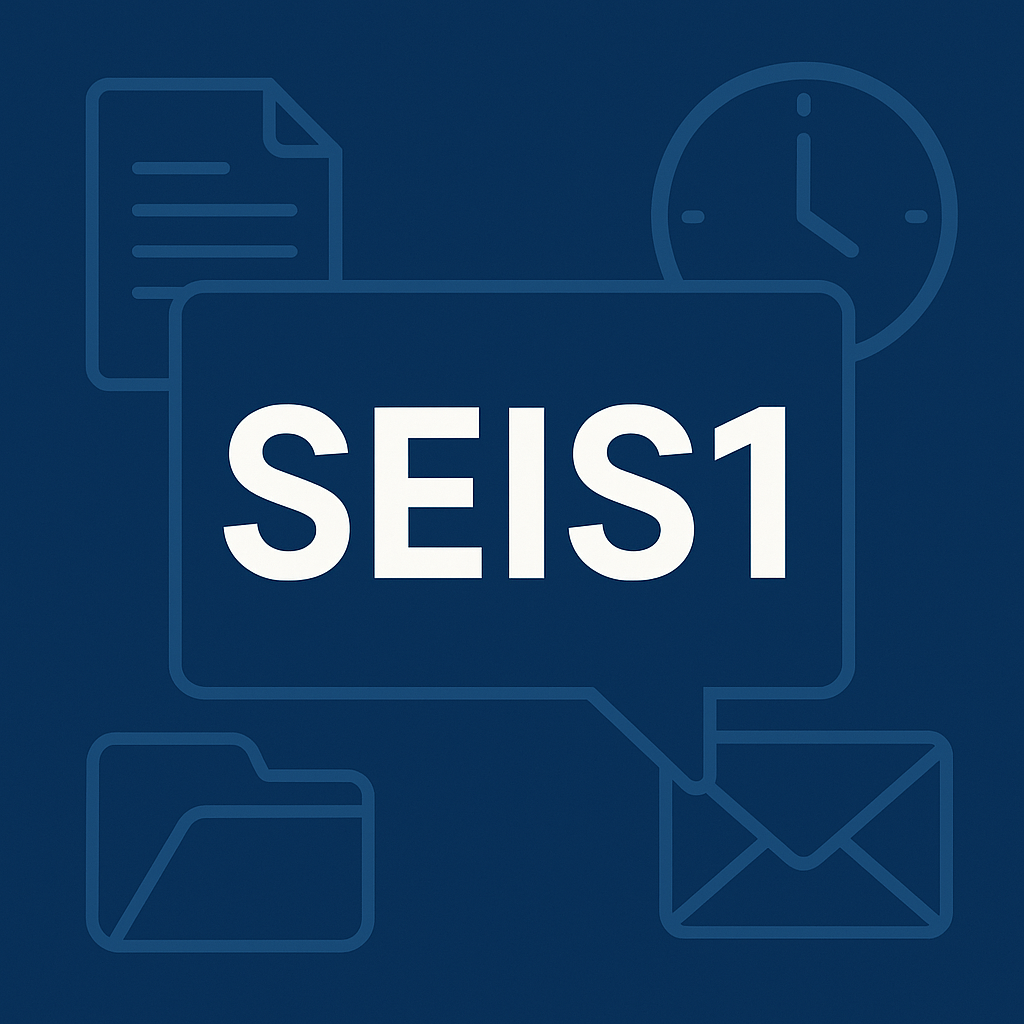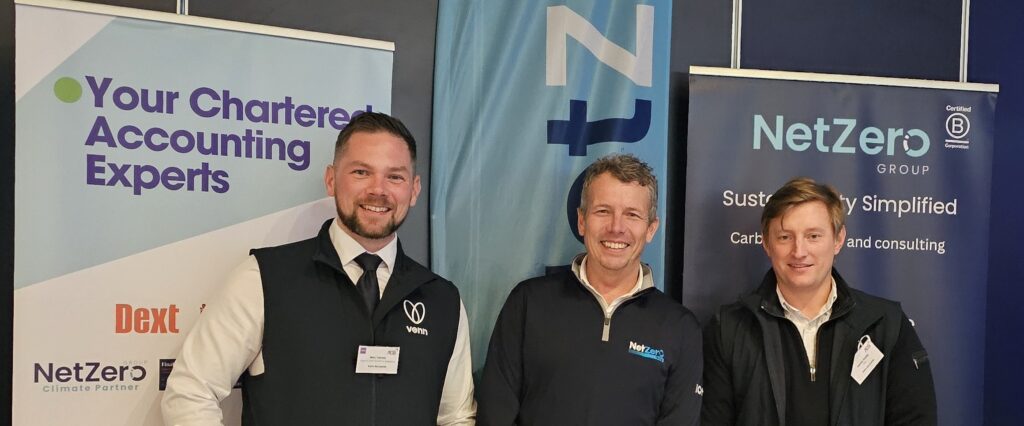The Enterprise Investment Scheme (EIS) and Seed Enterprise Investment Scheme (SEIS) both offer clear routes for innovative companies to attract funding from private investors.
The Government has provided EIS and SEIS schemes for SMEs and startups to encourage innovation.
The basic principle behind EIS and SEIS is to offer incentives to private investors in return for them buying shares in companies that will come under one of these schemes.
If your company is eligible for either EIS or SEIS, how can these schemes help you raise capital?
Check Your Eligibility for EIS/SEIS
To raise capital with EIS or SEIS, you must first check whether your company is eligible.
For EIS eligibility, your business must have:
- Been trading for less than seven years
- Fewer than 250 employees
- Gross assets valued at no more than £15 million
For SEIS eligibility, your business must have:
- Been trading for less than two years
- Fewer than 25 employees
- Gross assets valued at no more than £200,000
Basically, EIS is aimed at SMEs, and SEIS is for startups at an earlier stage of their development.
For either scheme, you must be involved in a qualifying trade. The good news is most trades can qualify, but you should check that your business activity does not involve more than 20 per cent of the following:
- Generating and exporting electricity
- Banking, insurance and money-lending
- Trading in land or commodities
- Legal or accountancy services
- Property development
Check the Government website for the full list of excluded activities.
How Much Can You Raise?
An individual investor can invest up to £1million in each tax year under EIS. In return, they’ll get a 30 per cent tax break.
For SEIS, the figure is a maximum of £100,000 a year, with the investor getting 50 per cent back.
There are lifetime limits for both schemes. Under EIS, you can attract investments worth £12 million over the lifetime of the scheme. Under SEIS, the limit is £150,000 for the same period.
Depending on your eligibility, you can raise investment under SEIS first and move onto EIS once you’ve reached the £150,000 investment limit. If you do this, you cannot issue shares to investors under both schemes on the same day. You can, however, apply for both schemes at the same time.
How Do You Apply for EIS/SEIS?
To raise capital by attracting investors, you need to demonstrate in advance that the shares you offer will be eligible under EIS or SEIS.
The way to do this is to apply for advance assurance to HMRC.
This is a way of asking HMRC if an investment would meet the conditions of the scheme. You can use advance assurance to show potential investors that your investment is likely to qualify.
Getting this part right is essential if you want to attract interest from potential investors.
To find out which scheme will be the best fit for you and what you’ll need to do to apply for advance assurance, please contact us.






